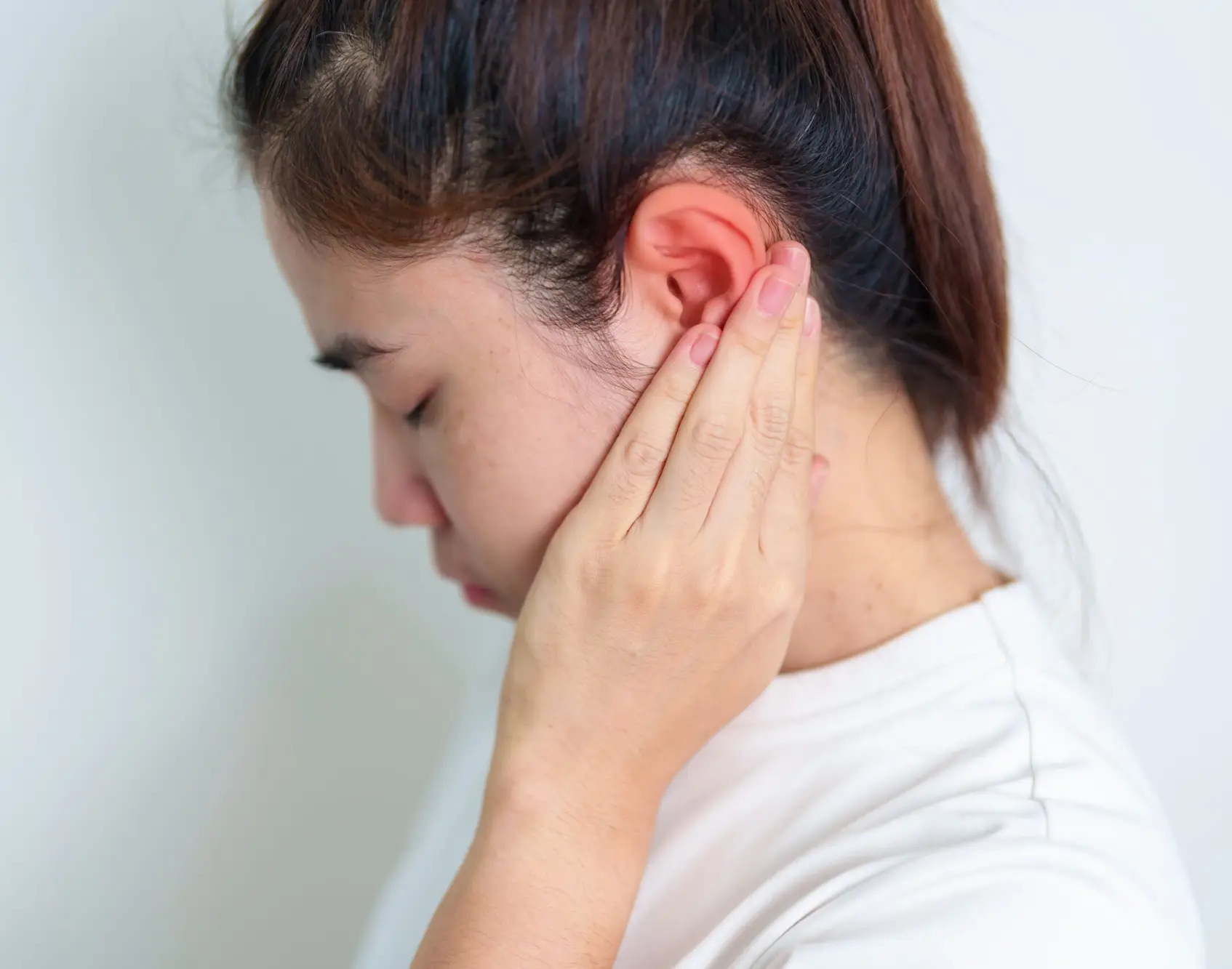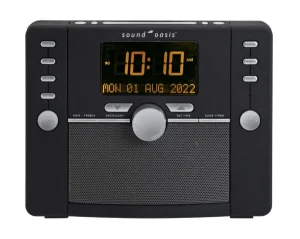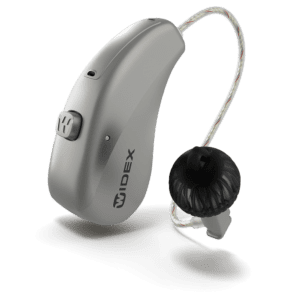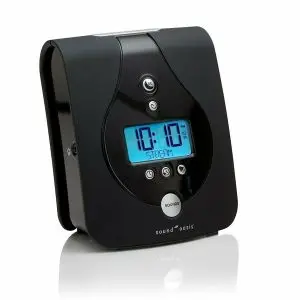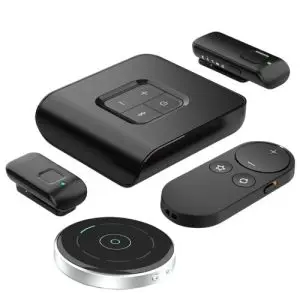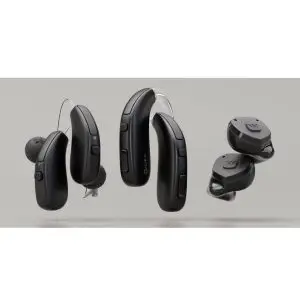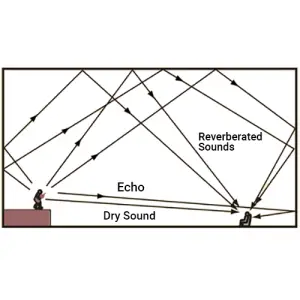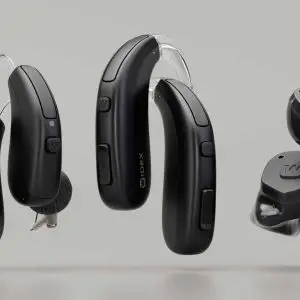The quick take
- CBT (Cognitive Behavioral Therapy) consistently reduces tinnitus distress/impact on quality of life at the end of treatment. It doesn’t “turn off” the sound; it changes the reaction to it. Evidence quality: low-to-moderate overall, but stronger and more consistent than for other options.
- TRT (Tinnitus Retraining Therapy) pairs structured counseling with steady sound (generators/hearing aids) to promote habituation. In the largest, well-controlled randomized trial, TRT was not superior to a solid “standard of care” counseling approach. Rather, all groups improved over time.
- Guidelines (including AAO-HNS and recent reviews) consistently recommend CBT; sound-based approaches (including TRT elements) may help some people, but evidence for superiority is inconclusive.
What each approach actually does
CBT (Cognitive Behavioral Therapy)
CBT is a structured “skills training” tinnitus therapy treatment that helps you notice and change unhelpful thoughts and behaviors that keep tinnitus distress going (e.g., catastrophic thinking, constant monitoring/avoidance). Delivery can be individual, group, or internet-based. The goal is less distress and better function, even if the sound is still there.
TRT (Tinnitus Retraining Therapy)
TRT combines (1) directive counseling grounded in the Jastreboff neurophysiological model (explaining tinnitus and reframing it as non-threatening) with (2) sound therapy (low-level broadband sound via sound generators or hearing aids) to facilitate habituation, or reduced awareness and reduced negative reaction over time.
How they are similar
- Education + coping focus: Both explain tinnitus mechanisms and aim to reduce the emotional/physiologic “alarm” response.
- Goal is relief, not a cure: Both aim to reduce distress and functional impact, not eliminate all perception of sound.
How they differ
- Primary tool: CBT uses psychological skills (cognitive restructuring, behavior activation, exposure); TRT uses sound enrichment + directive counseling to promote habituation.
- Evidence base: CBT has multiple randomized trials and a Cochrane review showing consistent improvements in tinnitus distress; TRT has fewer high-quality trials, and the largest randomized trial found no advantage over high-quality counseling/standard care.
- What guidelines say: Professional guidelines endorse CBT; they consider sound therapy/TRT components reasonable but not clearly superior to other supportive approaches.
| Question | Answer |
|---|---|
| Can TRT use any sound? | No—TRT favors low-level, neutral sounds, usually via sound generators. Not complete masking. |
| Can TRT use any frequency/noise? | TRT works best with broadband noise; narrowband is less effective. |
| Does TRT always require a device? | Typically yes (sound generators/hearing aids), although some adaptations may use speakers or music. |
| Can CBT use sound devices? | Yes—but it’s not necessary. CBT’s effectiveness rests on its psychological model. Devices may help with comfort or distraction. |
| Are hearing aids commonly used with tinnitus? | Yes, especially when hearing loss is present—they can aid both hearing and tinnitus relief, with or without CBT. |
What the research says (in brief)
CBT evidence
- Cochrane Review (2020, 28 RCTs, ~2,700 participants): CBT reduces the negative impact of tinnitus at end of treatment vs. no treatment, usual audiologic care, TRT, or other active controls. Effects on anxiety/depression are smaller/uncertain; long-term durability beyond 6–12 months needs more study. Adverse effects are rare. PMC
- Primary-care guideline summary (AAFP, 2021): “CBT is the only treatment shown to improve quality of life for tinnitus.” AAFP
- Recent narrative/updates (2023): Contemporary guidelines internationally strongly endorse CBT, including in blended or digital formats. PMC
TRT and sound-therapy evidence
- TRT Trial (JAMA Otolaryngology, 2019; n=151; 18-month follow-up): Full TRT, partial TRT (one component), and standard of care counseling all produced meaningful reductions in tinnitus questionnaires; no statistically significant differences among groups. PMC
- Cochrane Review (2018) on sound therapy devices: Across RCTs of hearing aids, sound generators, and combination devices, no clear superiority over controls or between device types; many participants still improved clinically. Evidence quality low. PubMed
- Guidelines/primary-care review: Sound therapy and TRT may be considered, but evidence is inconclusive; they are generally safe and can be helpful alongside counseling. AAFP
Choosing between CBT and TRT: practical pointers
- If distress is front-and-center (sleep, anxiety, attention, mood): Start with CBT (in-person or internet-delivered). It has the strongest evidence for improving tinnitus-related quality of life.
- If there’s hearing loss or sound seems louder in quiet: Add hearing aids and/or sound enrichment—these can reduce listening effort and provide relief even if not proven superior in trials. Many patients report benefit.
- If you like structured habituation with steady sound support: TRT is a reasonable option, especially with experienced providers. However, set expectations that current best evidence shows similar outcomes to high-quality counseling/standard care over time.
- Any path should include good education & coping strategies: Screening for red flags (e.g., asymmetric/pulsatile tinnitus), sleep support, stress management, and sound enrichment are core pieces regardless of the “brand name” of therapy.
Devices & Tinnitus Therapy: Are they necessary?
TRT: Devices Are Common, but Not Uniquely Required
Most TRT programs utilize dedicated sound generators or hearing aids with generators, ensuring controlled, continuous exposure. Some innovative approaches customize broadband sounds based on each individual’s hearing profile, delivered via external speakers with good results—showing that principles of TRT can extend beyond ear-level devices PMC.
CBT: with or without Sound, it’s Your Call
CBT remains flexible. It can stand alone as structured counseling targeting thought and behavior, or be supported with background sound for comfort (like white noise machines or hearing aids), especially when tinnitus bothers sleep or concentration
So what makes a product CBT vs TRT?
TRT-oriented devices:
- Marketed as “sound generators,” “habituation systems,” “tinnitus retraining devices.”
- Examples: Neuromonics, Levo System, Sound Oasis, Widex Zen fractal tones, broadband noise generators.
- Usually paired with audiologist fitting and counseling.
CBT-oriented programs:
- Marketed as “therapy,” “program,” or “app”, not technically devices.
- Examples: Online CBT courses for tinnitus (e.g., UK NHS digital CBT, MindEar app, OTO tinnitus therapy, internet-based CBT programs validated in trials).
- No dedicated hardware, but may suggest optional use of relaxation tracks or sleep sound apps.
Are Sound Systems “CBT” or “TRT”?
- Standalone sound machines (e.g., white noise machines, Sound Oasis, hearing aids with noise programs):
- These by themselves are not CBT or TRT.
- They’re tools that can be used as part of TRT (when combined with counseling) or simply as general sound therapy for relief.
- If paired with structured counseling based on TRT’s model → it’s TRT.
- If paired with psychological coaching/exercises → it’s CBT (with optional sound support).
- If used alone → it’s just “sound therapy,” not a full treatment.
| Feature | CBT (Cognitive Behavioral Therapy) | TRT (Tinnitus Retraining Therapy) | Sound Therapy Alone |
|---|---|---|---|
| Core Approach | Psychological counseling & skills training | Counseling + sound enrichment at “mixing point” | Standalone sound use (white noise, nature sounds, etc.) |
| Goal | Reduce emotional distress & change reaction to tinnitus | Promote habituation (make tinnitus less noticeable/non-threatening) | Provide immediate relief, distraction, or masking |
| Main Tools | Therapy sessions (in person, online, or app) | Sound generators/hearing aids + structured counseling | Sound machines, hearing aids, apps, fans, music |
| Requires Device? | ❌ No (optional relaxation sounds may help) | ✅ Usually yes (sound generator or hearing aid program) | ✅ Yes (but no counseling or structured therapy) |
| Who Provides It? | Psychologist, CBT-trained audiologist, or digital CBT program | Audiologist or hearing professional trained in TRT | Anyone (self-use, consumer products) |
| Evidence Strength | ✅ Strongest evidence for reducing tinnitus distress & improving quality of life | ⚖️ Mixed—people improve, but no clear advantage over good counseling in trials | ⚖️ Low-quality evidence; may help with comfort, sleep, or concentration |
| Duration | Weeks to months, often structured sessions | 12–24 months, gradual habituation process | Variable—use as needed |
| Example Products | Online CBT platforms, therapy apps, NHS iCBT | Neuromonics, Levo System, Widex Zen fractal tones, sound generators | Sound Oasis machines, smartphone apps, bedside white noise devices |
Bottom line
- CBT: Best-supported option to reduce how much tinnitus bothers you. Benefits are about distress/quality-of-life, not erasing the sound.
- TRT: Counseling + sound to habituate. People can improve with it, but the largest RCT found it no better than thorough counseling/standard care.
- Combination tinnitus therapy treatment and care (education, coping skills, hearing support, sound enrichment) is often what helps most in day-to-day life.

